Properties
| Storage Buffer | PBS pH7.4, 50% glycerol, 0.09% sodium azide *Storage buffer may change when conjugated |
| Storage Temperature | -20ºC, Conjugated antibodies should be stored according to the product label |
| Shipping Temperature | Blue Ice or 4ºC |
| Purification | Protein G Purified |
| Clonality | Monoclonal |
| Clone Number | N1/12 (Formerly sold as S1-12) |
| Isotype | IgG2a |
| Specificity | Detects ~140kDa. |
| Cite This Product | StressMarq Biosciences Cat# SMC-392, RRID: AB_11232615 |
| Certificate of Analysis | 1 µg/ml of SMC-392 was sufficient for detection of KCC2 in 10 µg of rat brain lysate by colorimetric immunoblot analysis using goat anti-mouse IgG:HRP as the secondary antibody. |
Biological Description
| Alternative Names | Potassium Chloride Cotransporter Antibody, Potassium chloride transporter 5 Antibody, SLC12A5 Antibody, hKCC2 Antibody, S12A5 Antibody, Solute carrier family 12 member 5 Antibody, Electroneutral potassium-chloride cotransporter 2 Antibody, Furosemide-sensitive K-Cl cotransporter Antibody, K-Cl cotransporter 2 Antibody, rKCC2 Antibody, Neuronal K-Cl cotransporter Antibody, KIAA1176 Antibody, Electroneutral potassium chloride cotransporter 2 Antibody, Erythroid K Cl cotransporter 2 Antibody, Furosemide sensitive K Cl cotransporter Antibody, K-Cl cotransporter 2 Antibody, KCC 2 Antibody, Neuronal K Cl cotransporter Antibody, Solute carrier family 12 (potassium chloride transporter) member 5 Antibody, Solute carrier family 12 member 5 Antibody |
| Research Areas | Ion Pumps/Transporters, Neuroscience, Pumps/Transporters |
| Cellular Localization | Membrane |
| Accession Number | NP_599190 |
| Gene ID | 171373 |
| Swiss Prot | Q63633 |
| Scientific Background | KCC2 is a member of the cation-chloride cotransporter gene family (1). It acts as a K-Cl cotransporter. KCCs normally lower intracellular chloride concentrations below the electrochemical equilibrium potential and depending on the chemical concentration gradients of potassium and chloride, KCC2 can operate as a net efflux or influx pathway. It is proposed to act as the main chloride extruder to promote fast hyperpolarizing postsynaptic inhibition in the brain (2, 3). KCC2 is expressed at high levels in neurons throughout the nervous system and immunofluorescence shows that the protein is localized at inhibitory synapses of the spinal cord (4). Studies in mice have shown that KCC2 reduces GABA's inhibitory signaling, resulting in motor defects, epilepsy, and anxiety-like behavior. |
| References |
1. Lee L.H., Walker J.A., Williams J.R., Goodier R.J., Payne J.A., Moss S.J. (2007) J Biol Chem. 282(41): 29777-29784. 2. Watanabe M., Wake H., Moorhouse A.J., Nabekura J. (2009) J Biol Chem. 284(41): 27980-27988. 3. Gulyas A.I., Sik A., Payne J.A., Kaila K., Freund T.F. (2001) Eur J Neurosci. 13(12): 2205-2217. 4. Vinay L., Jean-Xavier C. (2008) Brain Res Rev. 57(1): 103-110. |
Product Images
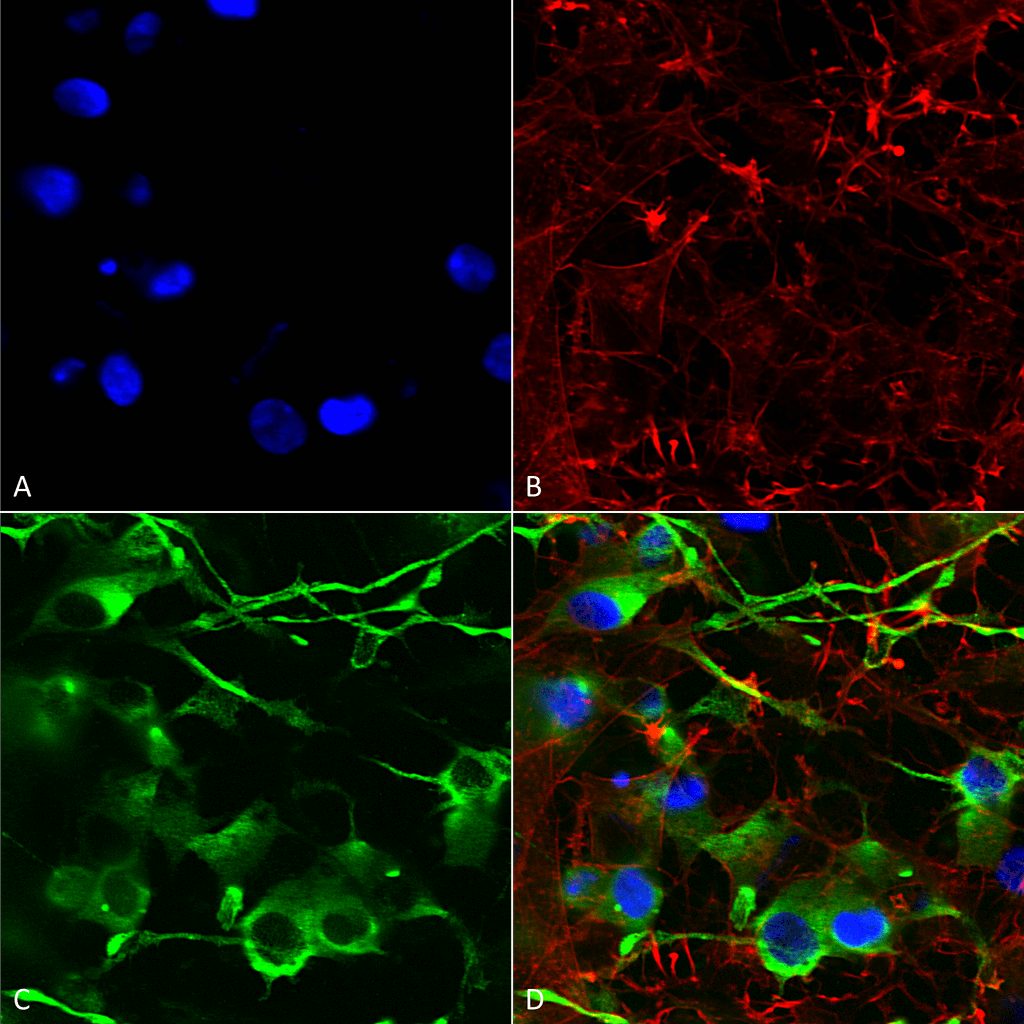
Immunocytochemistry/Immunofluorescence analysis using Mouse Anti-KCC2 Monoclonal Antibody, Clone N1/12 (SMC-392). Tissue: Neuroblastoma cells (SH-SY5Y). Species: Human. Fixation: 4% PFA for 15 min. Primary Antibody: Mouse Anti-KCC2 Monoclonal Antibody (SMC-392) at 1:200 for overnight at 4°C with slow rocking. Secondary Antibody: AlexaFluor 488 at 1:1000 for 1 hour at RT. Counterstain: Phalloidin-iFluor 647 (red) F-Actin stain; Hoechst (blue) nuclear stain at 1:800, 1.6mM for 20 min at RT. (A) Hoechst (blue) nuclear stain. (B) Phalloidin-iFluor 647 (red) F-Actin stain. (C) KCC2 Antibody (D) Composite.
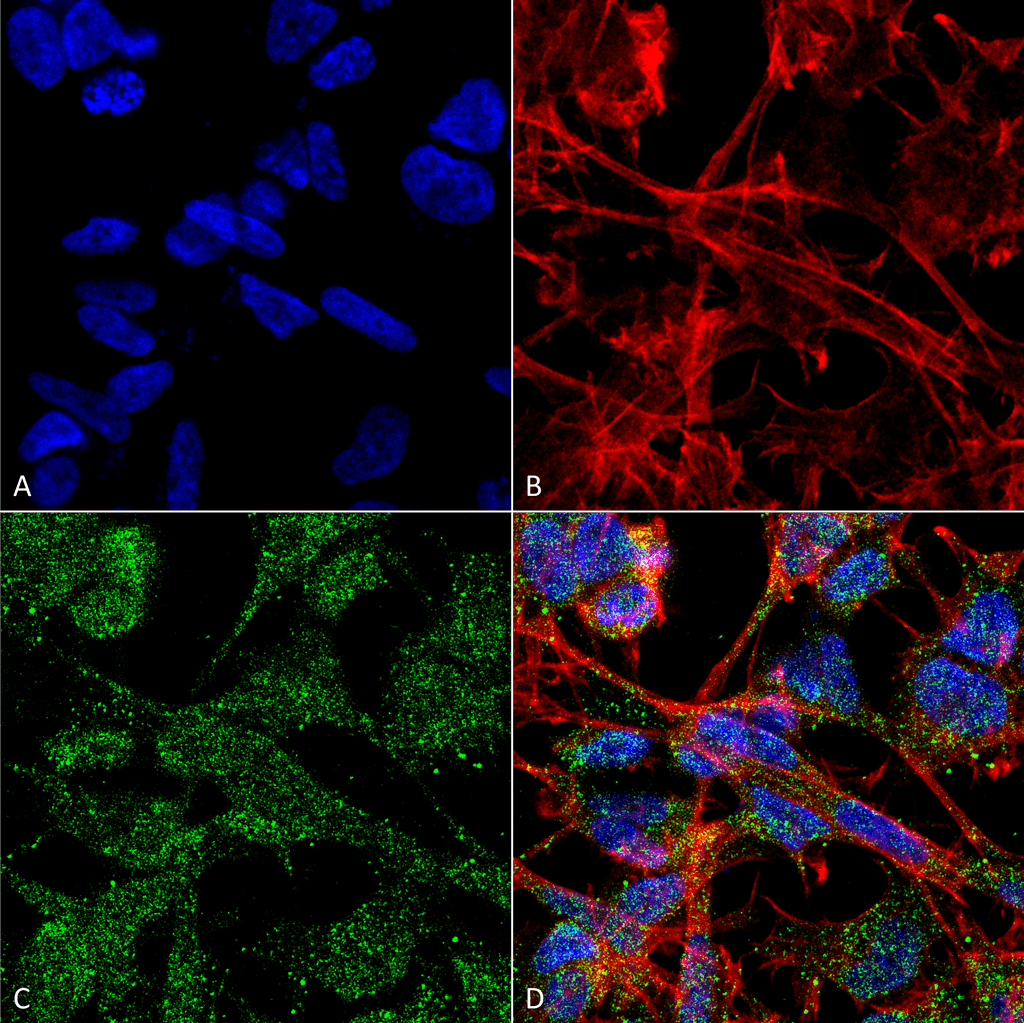
Immunocytochemistry/Immunofluorescence analysis using Mouse Anti-KCC2 Monoclonal Antibody, Clone N1/12 (SMC-392). Tissue: Neuroblastoma cell line (SK-N-BE). Species: Human. Fixation: 4% Formaldehyde for 15 min at RT. Primary Antibody: Mouse Anti-KCC2 Monoclonal Antibody (SMC-392) at 1:100 for 60 min at RT. Secondary Antibody: Goat Anti-Mouse ATTO 488 at 1:200 for 60 min at RT. Counterstain: Phalloidin Texas Red F-Actin stain; DAPI (blue) nuclear stain at 1:1000, 1:5000 for 60 min at RT, 5 min at RT. Localization: Membrane. Magnification: 60X. (A) DAPI (blue) nuclear stain. (B) Phalloidin Texas Red F-Actin stain. (C) KCC2 Antibody. (D) Composite.

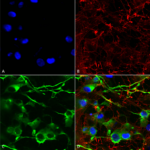
![Mouse Anti-KCC2 Antibody [N1/12] used in Western Blot (WB) on Rat brain membrane lysate (SMC-392)](https://www.stressmarq.com/wp-content/uploads/SMC-392_KCC2_Antibody_N1-12_WB_Rat_brain-membrane-lysate_1.png)
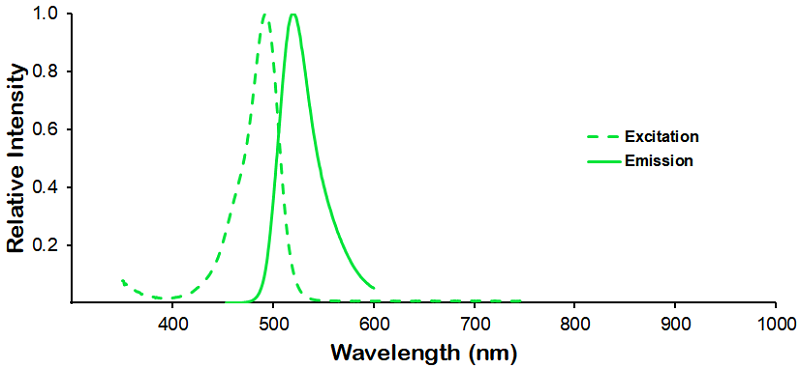
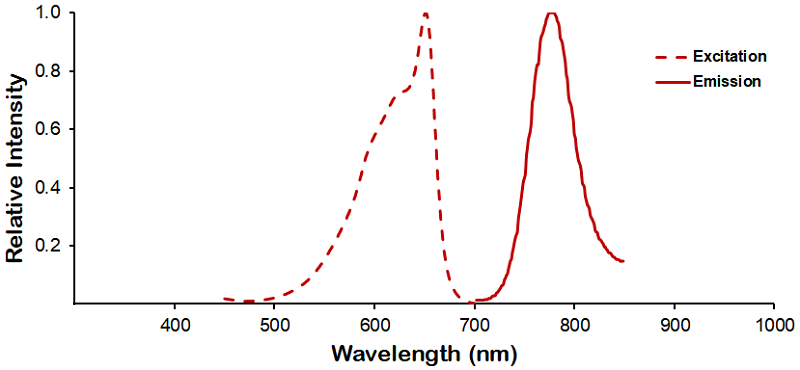
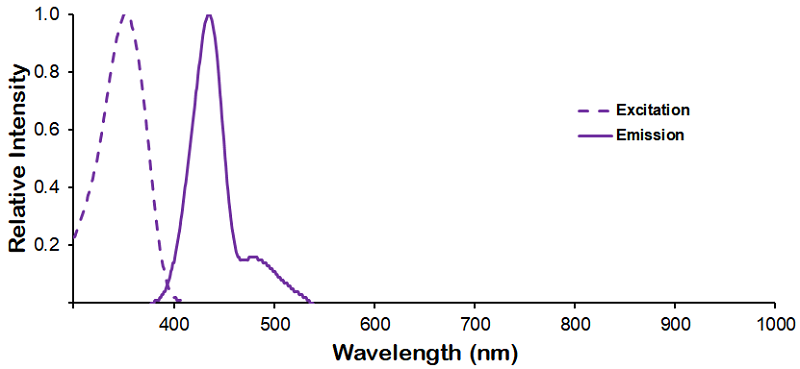
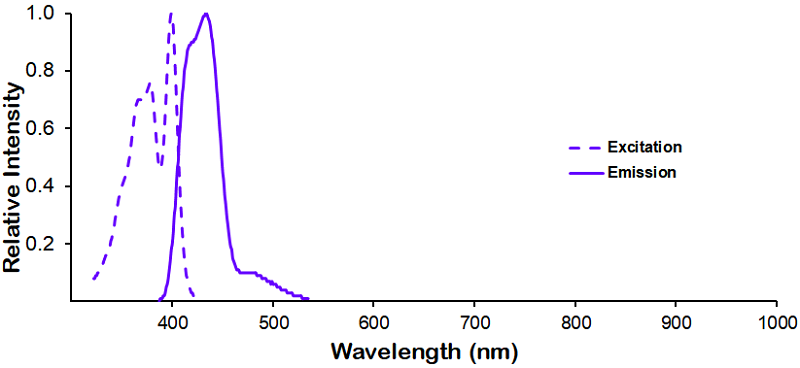
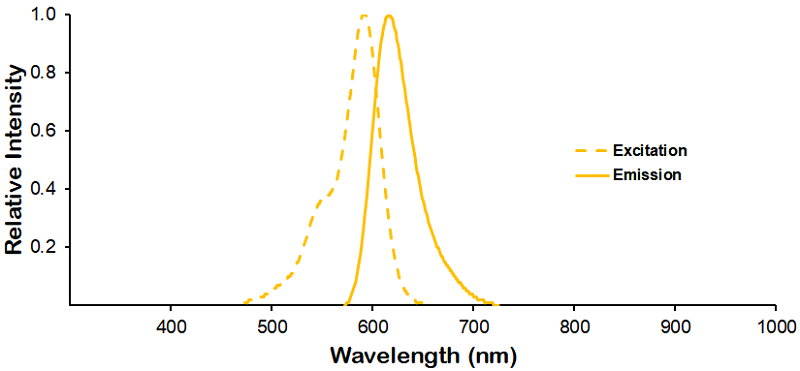
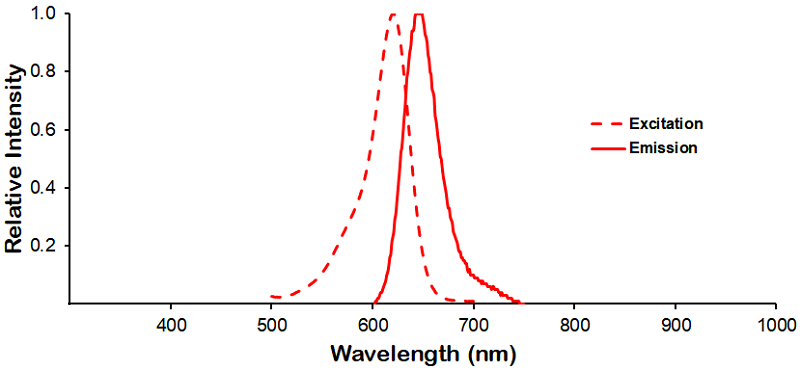
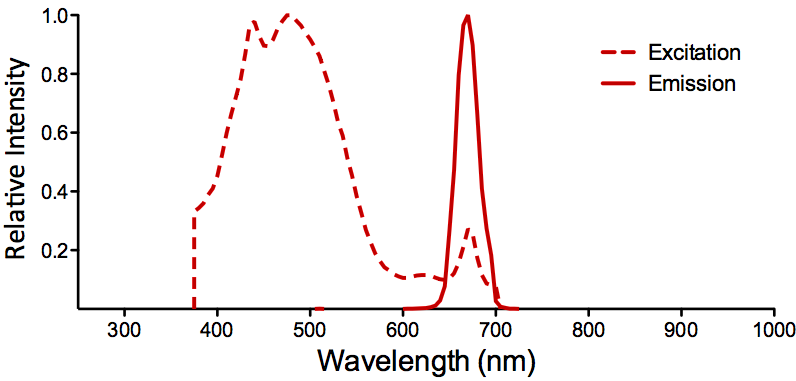
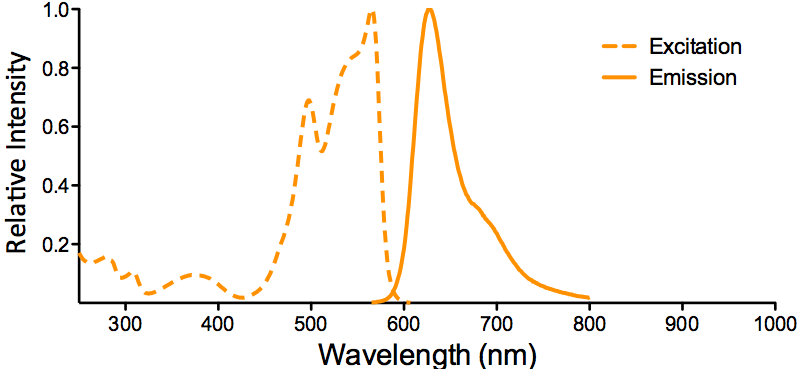
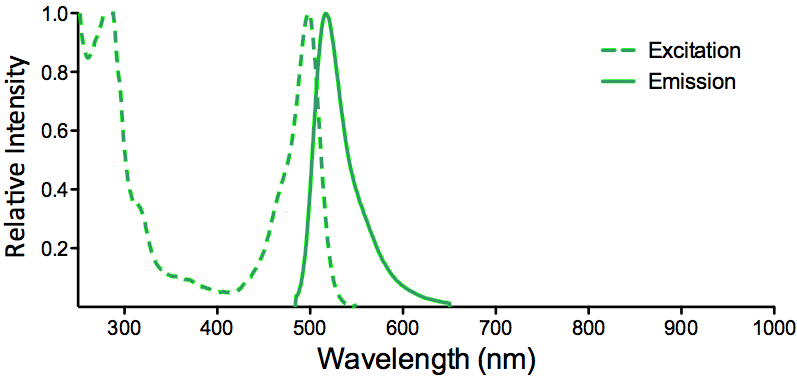
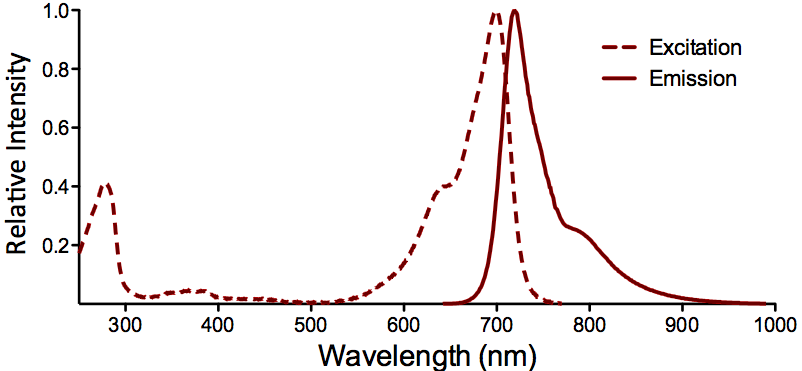
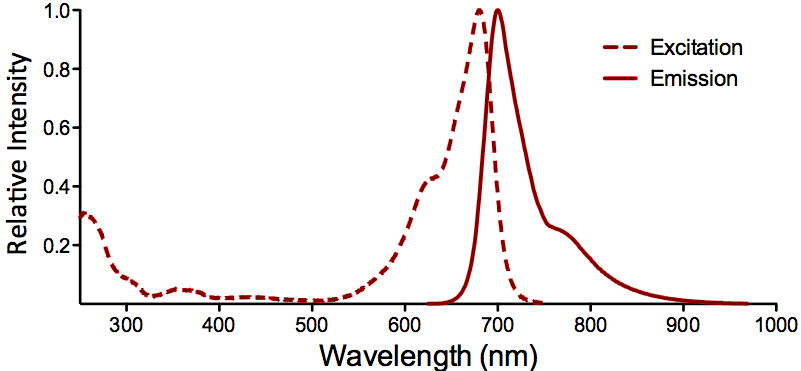
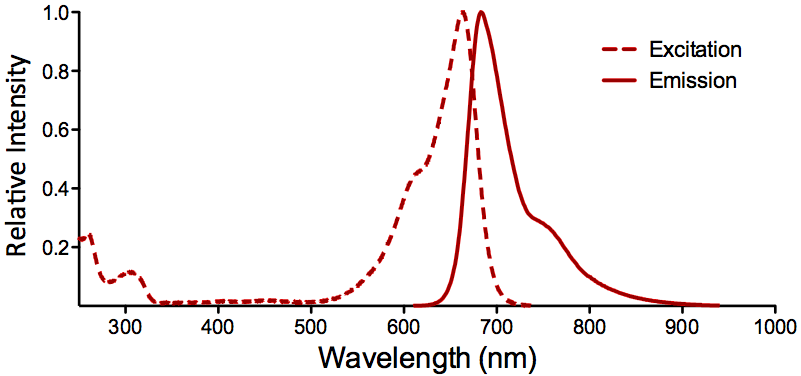
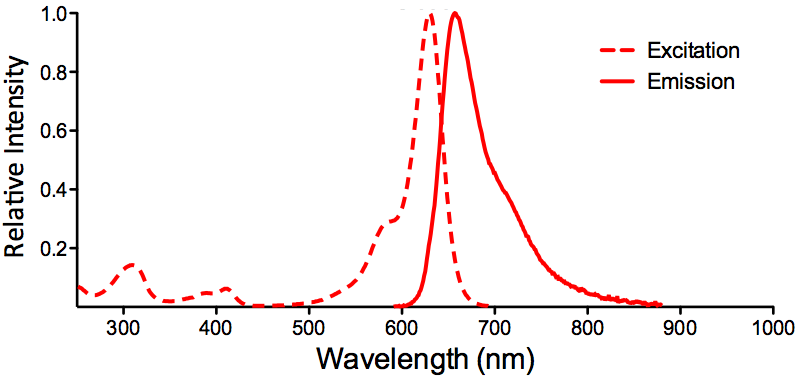
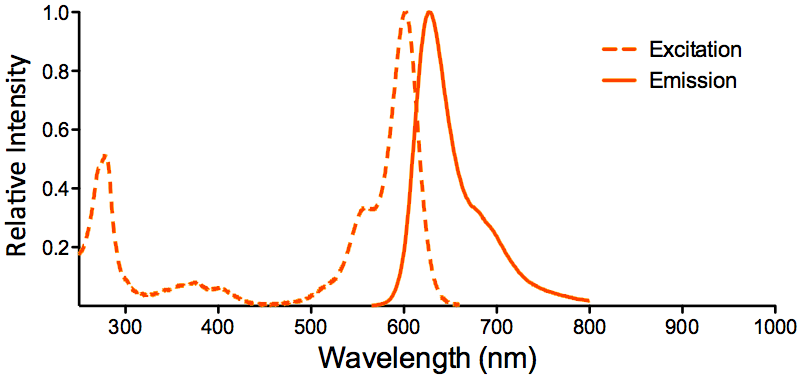
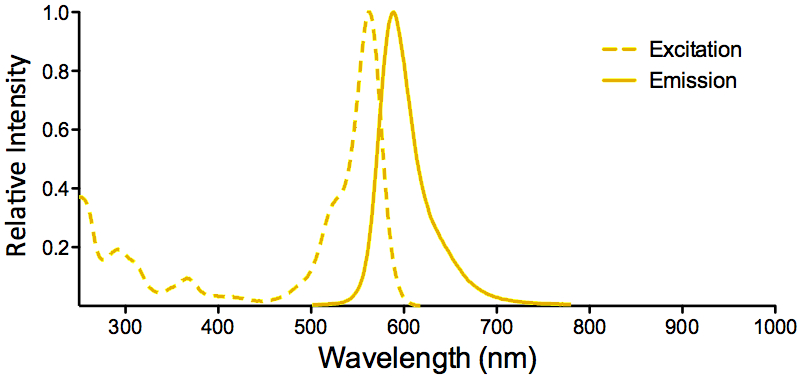
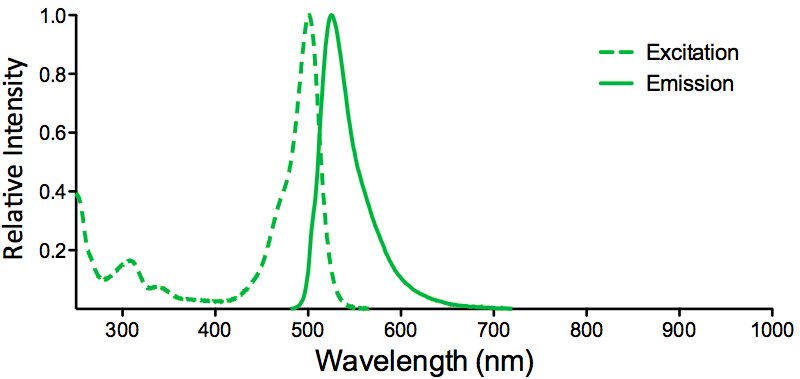
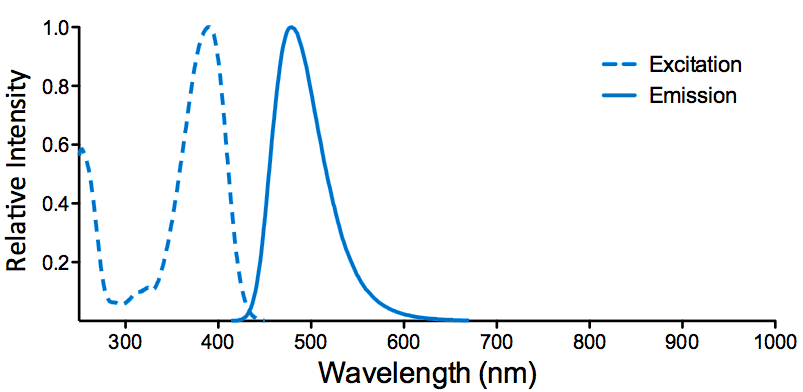
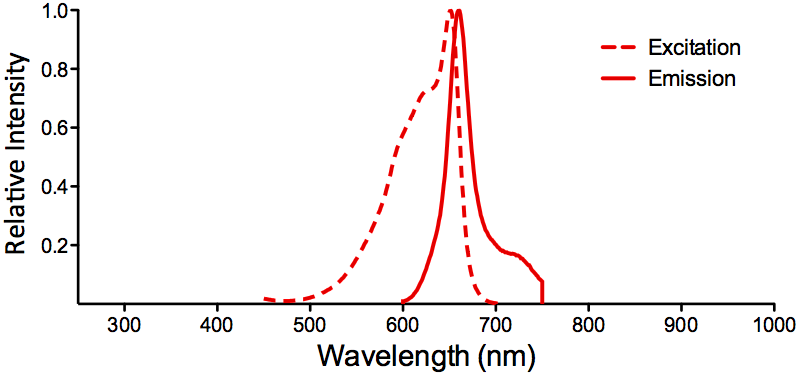
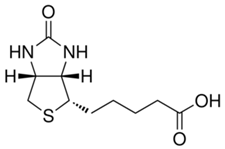
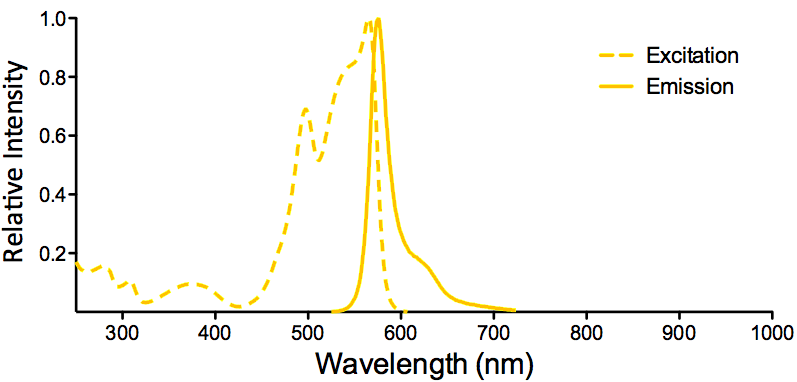
Reviews
There are no reviews yet.